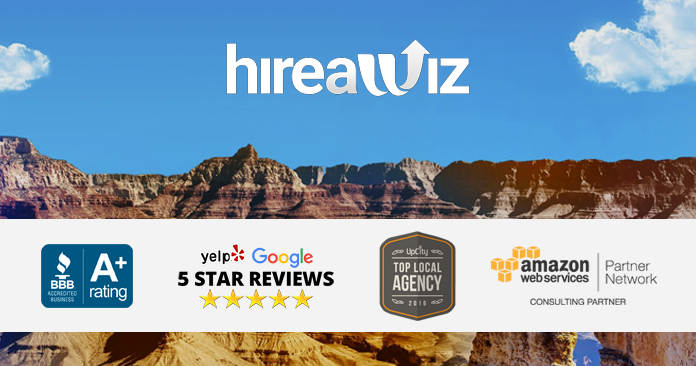If you own an e-commerce website, then calculating your ROI (return on investment) is pretty straightforward. You just use the following formula:
(Income – Expenses) / Expenses = ROI
You can do this with single parts of your marketing process to determine if it’s a worthy investment, such by tracking a specific ad campaign to see if you’re getting good results. You can also look at your website as a whole to determine if the money you invested in developing it is returning a good investment. Now where all of this becomes a little tricky is if your website isn?t built around a virtual storefront and a shopping cart. If your business is based on a brick and mortar store or a service, then you can’t directly calculate ROI the way you can with an e-commerce site. However, you can get some pretty good approximations of your website’s ROI by considering the factors below. In other words, let’s figure out the ways that your website contributes to your bottom line. Now before we talk about these factors, you need to first answer this question… What is a Customer Worth to You? The basic calculation is simple: (revenue)/(number of clients) = average revenue per client However, that calculation just considers the short term. What you really want to know is how much a single client will bring to you over the lifetime of that customer. How many times will they do repeat business with you, and what is the average price per order? It takes a little more research to determine the lifetime value of your customer, but it’s a better figure to work with when you’re calculating ROI. Now let’s look at some of the ways your website contributes to your bottom line…Factor 1: Handling Customer Service
Depending on your business, you may spend a fair part of each week fielding customer-service inquiries. These might be simple information-seeking inquiries regarding the hours your business is open or directions to your business. When you have a website, you don’t need to field as many calls like this, which saves you time. An even bigger time saver is when you provide information that answers pre-sale and post-sale questions on your site. For example, depending on what you’re selling, your website can offer a plethora of information to prospects, including:- Prices and rates
- Dimensions
- Weight
- Colors
- Options
- Assembly manuals
- Installation manuals
- Trouble-shooting manuals
Factor 2: Building Relationships
Most people don’t do business with you until they feel comfortable with you as an individual or they’ve at least started to trust your brand. This doesn?t happen instantly. However, you can really shortcut the process by having a website and using multi-channel marketing. That’s because your prospects will be exposed to your brand in multiple ways, including:- Through your blog posts.
- Via your social media posts.
- Through your online newsletter.
- Through ads and content you place on other sites.
